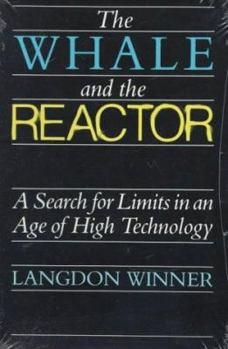Collins, Harry, and Robert Evans. 2007. Rethinking Expertise. Chicago & London: The University of Chicago Press.
Review by Michael Beach
In this work, Harry Collins and Robert Evans describe a framework for understanding expertise. They divide these forms of authoritative knowledge into ‘ubiquitous’ and ‘specialist’ expertise, then offer several forms of tables to depict related topical continua for each. For the authors, ubiquitous expertise is that sort that most people possess so no particular authority is ascribed to it other than one might note if it seems missing in a person. As the expertise requires ever more effort to attain, the continuum approaches the realm of specialist expertise.
Science and technology are considered as a “provider of truth” as they attempt to analyze “the meaning of the expertise upon which the practice of science and technology rests” (Collins and Evans 2007, 2). The note that this provider-of-truth view has been questioned more over time. They share perceptions that some have come to place more confidence in ‘folk wisdom’ or ‘common sense’ over positions taken by scientists. They note a ‘tension’ between legitimacy or trust and the approach of increased involvement of ‘the public’. This increase in public involvement they call ‘extension’. The opposite of extension is referred to as scientism. This is often found in scientists themselves. Essentially, scientism is a belief that science is the best and maybe only answer to understanding the nature of things. Scientism discourages involvement by those not specially trained in a narrow field that proponents consider acceptable.
After describing the framework through a series of continua, the authors conclude with three summation questions. They ask about appropriate ratios of influence between science and politics. They wonder which of the sciences should be included in a given discussion in order to understand what is science and what is pseudoscience. Finally Collins and Evans ask if the public can recognize what they need to in order to make “appropriate decisions” (Collins and Evans 2007, 134). Of course the reader might challenge the authors with the question of how to define ‘appropriate’. They go on to argue that “experts should obviously have a relatively greater input where their results are more reliable” (Ibid.). I suppose that ‘reliable results’ would be understood from the position of expected, or at least hoped for, outcomes. Narrow expertise makes for less wholistic understanding. At the same time, one can be an expert without all the accolades of accredited institutions. For example, who has better insight, the doctor of agrology or the farmer? What does better mean? Perhaps each helps the other to see what neither can on their own.








 RSS Feed
RSS Feed